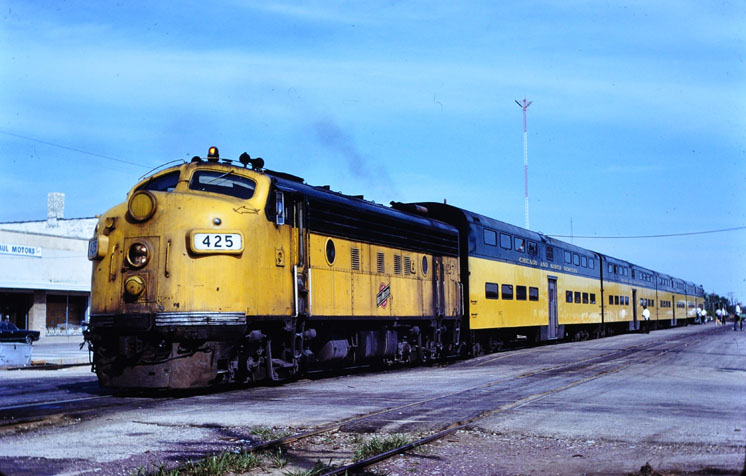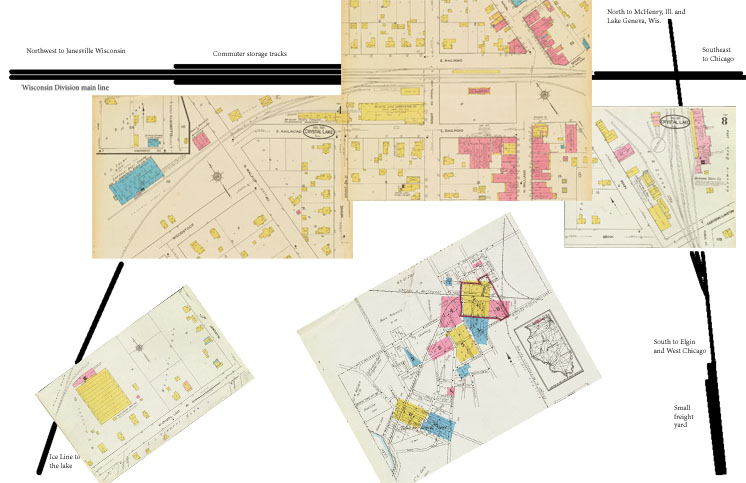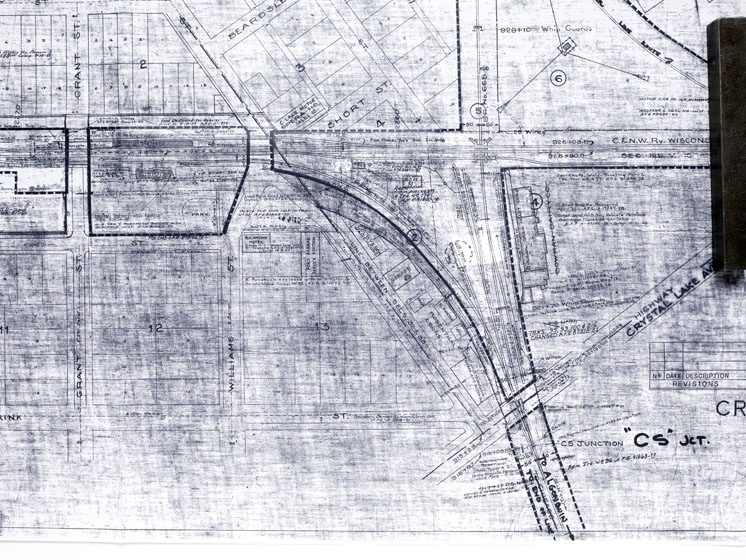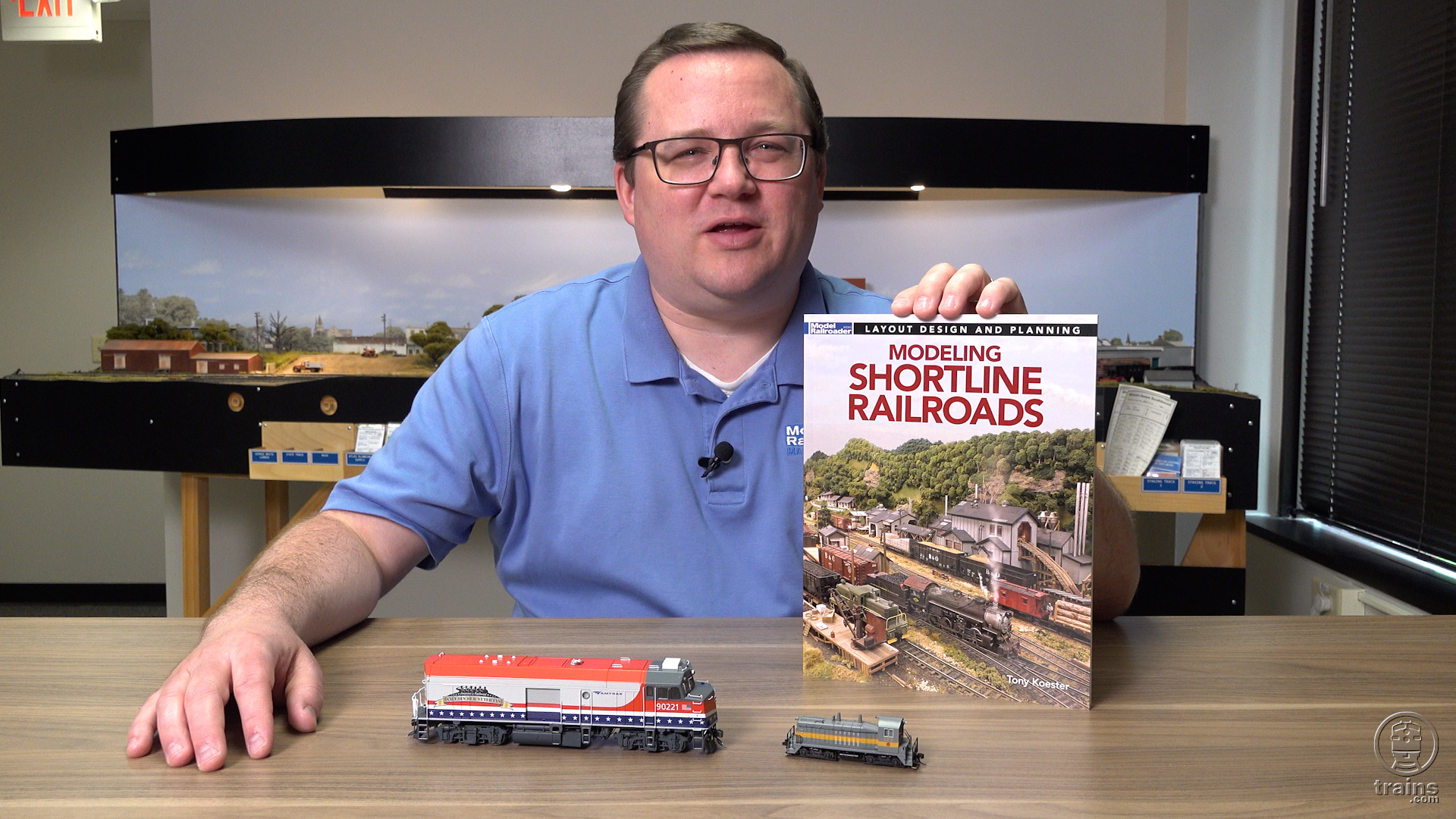


• Most railroads have a historical society, so it’s good to have an up-to-date membership. I found great photos and articles using the Chicago & North Western Historical Society’s website.
• Railroad museums almost always have extensive photo and paper collections. Access may be reserved for museum members, but the price of membership is usually low.
• Asking friends has come in handy more times than I can count. Somewhere someone knows a guy who used to work that line. First-hand information is always the best.
Learn more about how David designed HO and N scale model train layouts based on the Chicago & North Western commuter operations around Crystal Lake, Ill., in Model Railroad Planning 2020. You also don’t want to miss the video series about planning the railroad, or the 3D track plan!













